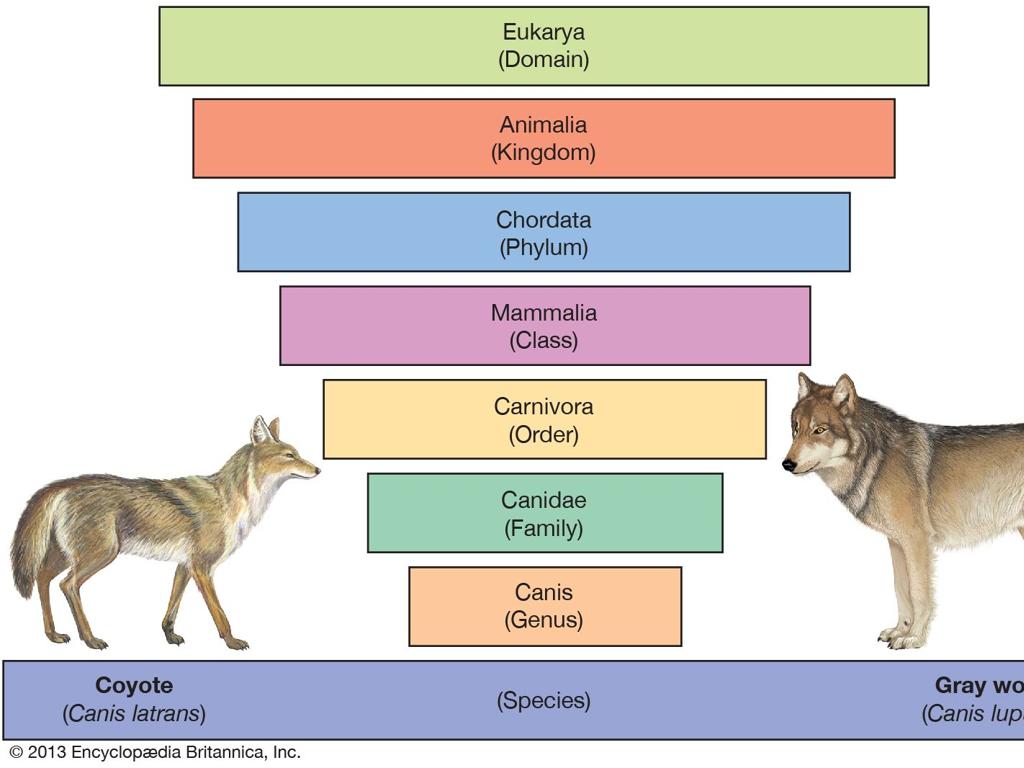Find Missing Angles In Special Triangles
Subject: Math
Grade: Sixth grade
Topic: Two-Dimensional Figures
Please LOG IN to download the presentation. Access is available to registered users only.
View More Content
Finding Missing Angles in Special Triangles
– Angles in all triangles sum to 180°
– Special triangles: Equilateral, Isosceles, Right
– Equilateral: all angles 60°, Isosceles: two angles equal, Right: one angle 90°
– Finding missing angles in special triangles
– Use known angles to find unknowns. E.g., in a right triangle, if one angle is 30°, the other is 60°
– Practice problems for mastery
|
Begin the lesson by reviewing the fundamental property that the sum of angles in any triangle is 180 degrees. Introduce the three special triangles: equilateral, with all angles equal to 60 degrees; isosceles, with two angles that are the same; and right triangles, with one angle fixed at 90 degrees. Explain how to use these properties to find missing angles. For example, if two angles in an isosceles triangle are known, the third can be found by subtracting their sum from 180 degrees. Provide practice problems where students apply these concepts to find missing angles, reinforcing their understanding through repetition and variation.
Triangle Angle Sum Theorem
– Sum of angles in a triangle
– Every triangle has a total of 180 degrees.
– Examples of angle sums
– If two angles are known, the third can be found.
– Activity: Find missing angles
– Use given angles to solve for the unknown.
– Triangle shapes exploration
– Investigate different triangles: acute, obtuse, right.
|
This slide introduces the Triangle Angle Sum Theorem, which is fundamental in understanding two-dimensional geometry. Begin by explaining that the sum of the interior angles in any triangle is always 180 degrees. Provide clear examples, showing different types of triangles and how, regardless of their shape, the angle sum remains constant. For the activity, present various triangles with one or two angles provided, and ask students to calculate the missing angles. This will reinforce their understanding of the theorem through practical application. Encourage students to consider different triangle shapes, such as acute, obtuse, and right triangles, and how this theorem applies to each. The activity should be interactive, allowing students to work individually or in groups to solve the problems.
Equilateral Triangles: Finding Missing Angles
– All sides and angles are equal
– Each angle is 60 degrees
– Example: Given one angle, find others
– If one angle is known, the others are also 60 degrees
– Practice: If one angle is 60, find others
– Since two angles are given as 60, the third is also 60 degrees
|
This slide introduces students to the concept of equilateral triangles, emphasizing that all sides and angles are equal, with each angle measuring 60 degrees. Use the example to show how if one angle is known, the others can be easily found due to this property. For the practice problem, guide students to apply this knowledge by determining that if one angle is 60 degrees, the other two must also be 60 degrees, as the sum of angles in any triangle is 180 degrees. Encourage students to solve similar problems and reinforce the concept that in equilateral triangles, all angles will always be equal.
Isosceles Triangles: Finding Missing Angles
– Equal sides and angles in isosceles
– Two sides are the same, and so are the angles opposite them.
– Example: Known angles to find missing
– If two angles are known, subtract their sum from 180° to find the third.
– Practice: Two 45-degree angles
– With two angles at 45°, what’s the measure of the third angle?
– Calculate the third angle
– Use 180° – (45° + 45°) to find the missing angle.
|
This slide introduces students to the concept of isosceles triangles, focusing on their property of having two equal sides and equal opposite angles. Start by explaining that the sum of angles in any triangle is 180 degrees. Provide an example where two angles are known, and demonstrate how to find the missing angle by subtracting the sum of the known angles from 180 degrees. For the practice problem, guide students to apply this method to find that the third angle in a triangle with two 45-degree angles is 90 degrees. Encourage students to solve similar problems and understand that the base angles in an isosceles triangle are always equal.
Finding Missing Angles in Right Triangles
– Right triangle properties
– One angle is always 90 degrees in a right triangle
– Example: Given two angles
– If one angle is 90° and another is known, subtract from 180° to find the third
– Practice Problem
– Given angles: 90° and 30°, find the third angle
– Solving for the third angle
– Subtract the sum of known angles from 180° to find the missing angle
|
This slide introduces students to the concept of finding missing angles in right triangles. Begin by explaining that a right triangle always has one 90-degree angle. Use an example where two angles are known to demonstrate how to find the missing angle by subtracting the sum of the known angles from 180 degrees. For the practice problem, guide students to apply this method to find that the third angle is 60 degrees (180 – 90 – 30 = 60). Encourage students to work through the problem and verify their understanding by checking if all angles add up to 180 degrees.
Using Algebra to Find Missing Angles in Triangles
– Set up equations with x for unknowns
– Apply Triangle Angle Sum Theorem
– The sum of angles in a triangle is always 180°
– Solve for x to find missing angles
– Use algebraic methods to isolate x
– Example: x + 50° + 60° = 180°
– Find x when two angles are given: 50° and 60°
|
Introduce students to the concept of using algebra as a tool to find missing angles in triangles. Explain that ‘x’ can be used to represent the unknown angle. Reinforce the Triangle Angle Sum Theorem, which states that the sum of the angles in a triangle is always 180 degrees. Work through the example provided by setting up the equation x + 50 + 60 = 180 and solving for x. The solution will demonstrate how to find the value of the missing angle. Encourage students to practice with additional problems and to check their work by verifying that the sum of the angles equals 180 degrees.
Class Activity: Angle Hunt
– Work in groups on angle puzzles
– Each group gets triangles with missing angles
– Find all missing angles
– Use knowledge of triangle angle sums to solve
– Present solutions to the class
|
This interactive class activity is designed to encourage collaboration and application of knowledge about triangle angle sums. Divide the class into small groups and provide each with a unique set of triangle puzzles where they must find the missing angles. Remind them that the sum of angles in a triangle is always 180 degrees. After solving the puzzles, each group will present their solutions, explaining their reasoning process. For the teacher: Prepare several sets of triangle puzzles with varying difficulty levels. Ensure that each group has a chance to tackle both simple and more complex problems. Encourage students to discuss their strategies within their groups and to assist each other in finding solutions. Possible activities could include creating their own triangle puzzles, using protractors to measure existing angles, or applying the concept to real-life objects.
Review and Homework: Triangle Angles
– Recap Triangle Angle Sum Theorem
– Sum of angles in a triangle is always 180°
– Review finding missing angles
– Use known angles to find unknowns in special triangles
– Homework: Practice worksheet
– Complete worksheet with different triangles
– Prepare for next class discussion
|
As we close today’s lesson, let’s review the key concepts. Remember, the Triangle Angle Sum Theorem states that the sum of the angles in any triangle is 180 degrees. This is crucial when finding missing angles in special triangles such as equilateral, isosceles, or right triangles. For homework, students will complete a worksheet that includes a variety of triangles to apply what they’ve learned. Encourage them to use the theorem to solve for unknown angles, and remind them to bring their completed worksheets to the next class for discussion. This practice will help solidify their understanding and prepare them for more complex problems.





